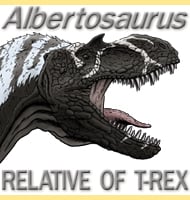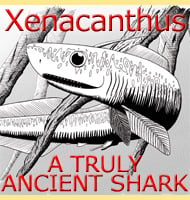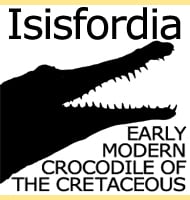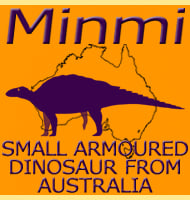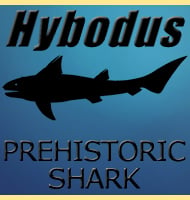In Depth
Dracopristis is a genus of ctenacanthiforme fish that lived in North America during the Carboniferous period. The ctenacanthiforme fish are generally considered to be like sharks but are also separate from ‘true sharks’ the kind that we can see swimming around today. Dracopristis like other ctenacanthiforme fish had two large spines rising from its back and supporting two dorsal fins. These spines may have been for defence from other predators.
Also like other ctenacanthiforme fish, Dracopristis had a large mouth but one not as movable as a modern shark. The teeth of Dracopristis where multicusped so that a hunting Dracopristis could seize and hold on to prey animals more easily.Further reading
- Ctenacanthiform sharks from the late Pennsylvanian (Missourian) Tinajas Member of the Atrasado Formation, Central New Mexico. - New Mexico Museum of Natural History and Science Bulletin. 84: 391–424. - J-. P. M. Hodnett, E. D. Grogan, R. Lund, S.G. Lucas, T. Suazo, D. K. Elliott & J. Pruitt - 2021.

